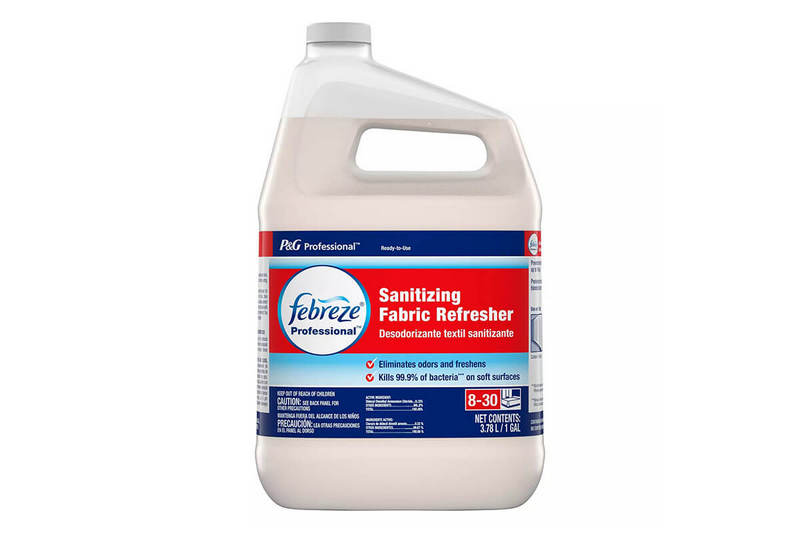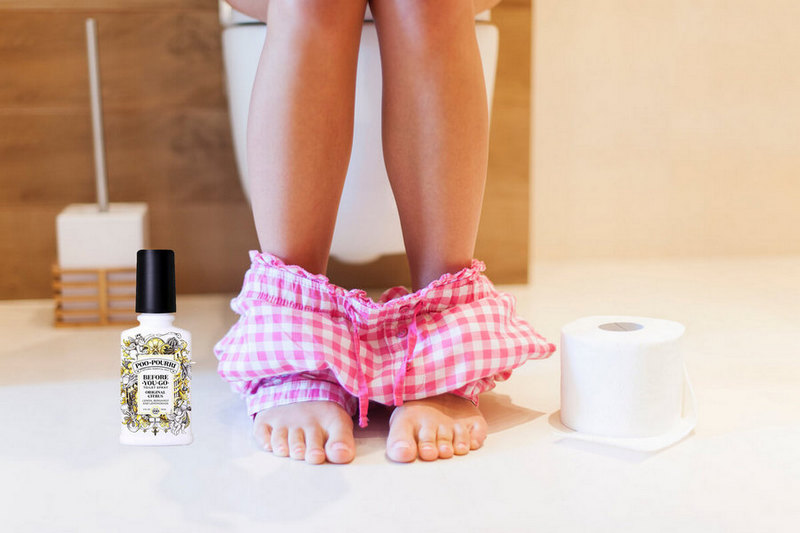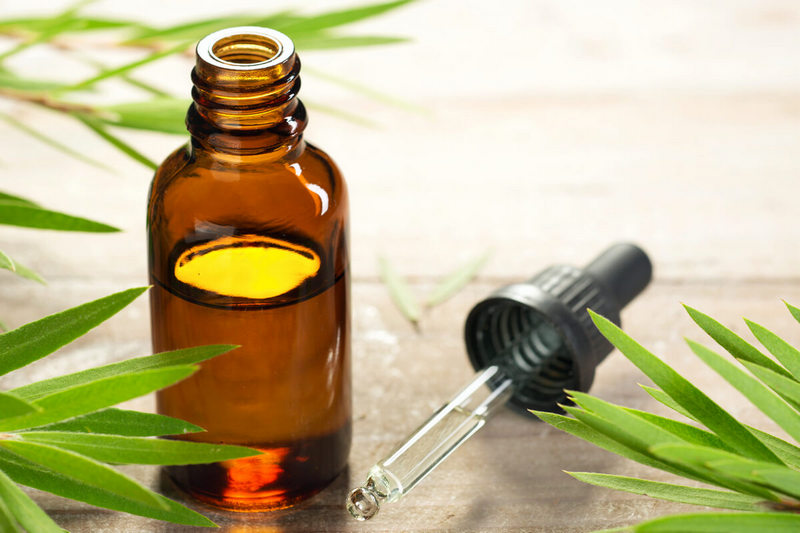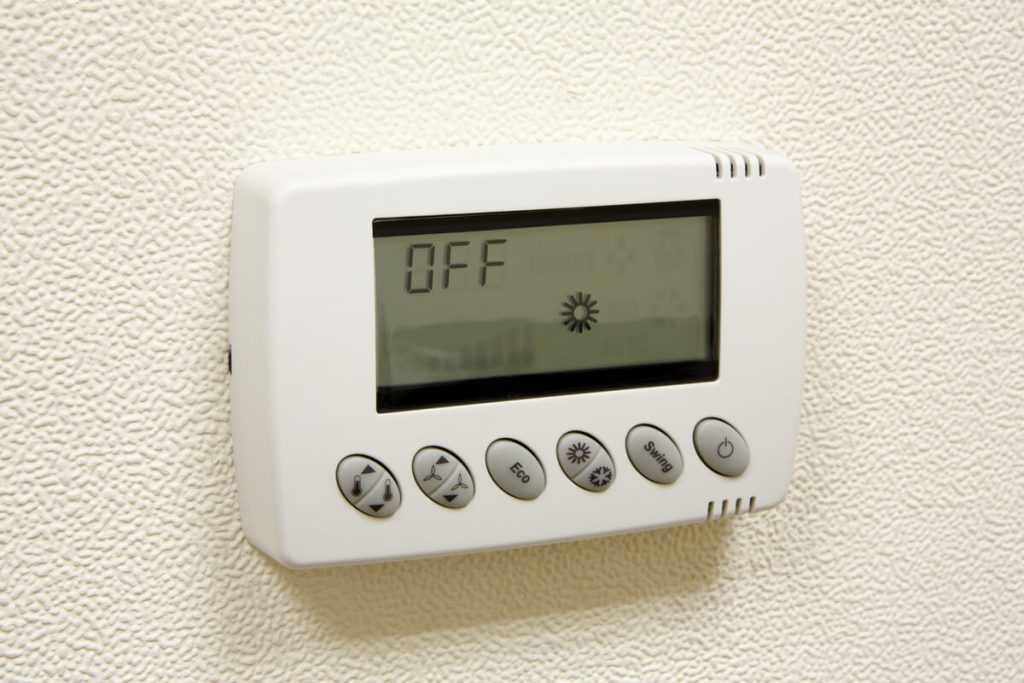Soft surfaces, like upholstered furniture and mattresses, that cannot be washed become home to mold, bacteria, and mildew. Over time, these contaminants grow and pose a health hazard.
Fortunately, the Febreze professional sanitizing fabric refresher helps clean such surfaces. But does it also kill household germs? Let’s discuss this in detail.
What Is Febreze?
Made in 1996, Febreze is a Proctor & Gamble product containing beta-cyclodextrin as its main ingredient. The Febreze professional sanitizing fabric refresher kills up to 99.9% of bacteria, such as staphylococcus aureus and Enterobacter.
Moreover, it prevents mildew and mold growth on soft surfaces, including couches and mattresses. More importantly, the fabric freshener removes odors.
According to the P&G company, the liquid is safe for all fabrics and has a multitude of functions, including the following:
- Dry Cleaning: If you don’t want to spend your money on expensive dry cleaners, you can spritz a bit of Febreze on your delicates.
- Odors: The Febreze fabric refresher also helps remove odors of pet accidents and food spills from your couch.
- Shower Cleaner: You can use the fabric refresher to clean your bath mats and shower curtains. Simply spray Febreze on it, and your shower will be fresh as ever.
- Shoe-Saving: As soon as you get home from the gym, use the Febreze spray on your sweaty shoes. It will eat up the odor right away.
The Ingredients In Febreze
All ingredients in Febreze are safe for kids and pets since the company never uses harmful chemicals. Here are some harmful additives that you’ll never find in Febreze products:
- Flammable propellants
- Benzene and phthalates
- Formaldehyde
- Bisphenol A
- PVC and PAHs
- Triclocarban
- CFCs
Moreover, the company has a rigorous testing process that ensures no hazardous chemicals pass through to the final product. Here are the ingredients present in Febreze:
- Alcohol: It comes from fermented grains and fruits. It’s added to standard Febreze spray and fabric refresher to dry up the fabrics after spraying.
- Benzisothiazolinone: The name might sound a bit scary, but this ingredient is present in all your antibacterial hand soaps and is responsible for the antimicrobial effects. It’s present in disinfectant spray and prevents microbial contamination in Febreeze.
- Dialkyl Sodium Sulfosuccinate: It’s a penetration aid that allows Febreeze to get deep into the surfaces.
- Diethylene Glycol: Besides perfumes and cosmetics, this ingredient is also present in Febreze Refresher since it captures all odor molecules from the air.
- Nitrogen: It’s already a huge part of our air and is also present in Febreze. It’s a safer alternative to propellants and helps disperse the Febreze spray into the environment.
- Cyclodextrin: The ingredient comes from potatoes and summer corn. It traps odors from the environment.
- Hydrogenated Castor Oil: The castor oil comes from castor beans and ensures the smooth functioning of Febreze from the first spritz to the final odor capturing and removal.
- Paraffin Fix: Febreze contains petroleum jelly-derived paraffin wax that helps spread Febreze’s freshness into your surroundings.
How Does Febreze Work?
Febreze has a number of odor-trapping ingredients, cyclodextrin being the most important one. It sort of resembles a doughnut with a hole in the middle.
When you spray Febreze, the air traps all odors, forming a complex in the doughnut’s hole. Since cyclodextrin traps the odor molecules, they can’t reach your odor receptors. That’s why you can’t smell anything foul.
Some Febreze products deactivate the odor merely, while others replace it with a floral or fruity fragrance. Moreover, Febreze contains alcohol that assists drying.
As the product dries, cyclodextrin starts working even better, allowing more odor molecules to bind to it. Once you add water again, the odor molecules release and can be washed away for good.
Some sources claim the presence of zinc chloride in Febreze since it neutralizes odors containing sulfur, such as rotten eggs and onions. However, it’s not a part of the ingredient list on Febreze’s website yet.
How to Use Febreze Air Freshener?
Febreze air freshener can be used for multiple purposes. Sure enough, the straightforward use would be to spray it in your house.
But you can also use it to freshen up your car. If your vehicle smells like public transportation, you might be traveling with a ton of germs in your backseat. With a spritz of Febreze air freshener, you can bid farewell to all these odors and germs.
Apart from that, you can also spray Febreze in your gym shoes or regular boots if your feet tend to get super smelly. The air freshener will eliminate odors, making your shoes smell fresh as new.
Furthermore, if you have pets at home, they must bring a lot of dirt from outside. Spray your doormat with the Febreze air freshener to ensure that the foul odors are left behind at the door.
Since the air fresheners are available in different scents, including honey berry hula, sea spray, baked vanilla, paradise, and spiced apple, you’re spoilt for choice.
Read also: How to Get Rid of Mold on Porous Surfaces
Is Febreze Safe or Bad for You?
On its website, Procter & Gamble clarifies that all ingredients in their Febreze line are safe for use around pets and humans.
However, there have been rumors of pet deaths due to Febreze use. Contrary to them, the ASPCA’s veterinary toxicology experts have regarded Febreze to be safe for pets.
If your pet comes in contact with Febreze, the most that can happen is skin irritation. But the formula can cause stomach upset if ingested.
Likewise, Febreze is also safe for kids. But as with any other cleaning formula, you should remember that it’s not a toy and should be kept out of children’s reach.
On the whole, Febreze is safe for use, but you should be careful if you suffer from allergies or have a health condition. Since companies making air fresheners are not required to list all their ingredients, it’s hard to determine their safety fully.
Conclusion
Febreze is arguably one of the most versatile household chemicals since it can kill germs and disinfect surfaces. While it may be considered safe, you still have to keep in mind that air fresheners can sometimes irritate the eyes, throat, and nose.
Moreover, some people might not be huge fans of fragrances, and their bodies may not respond so pleasantly. Therefore, you should do a spot test before trying any household cleaning or odor-removing product.







